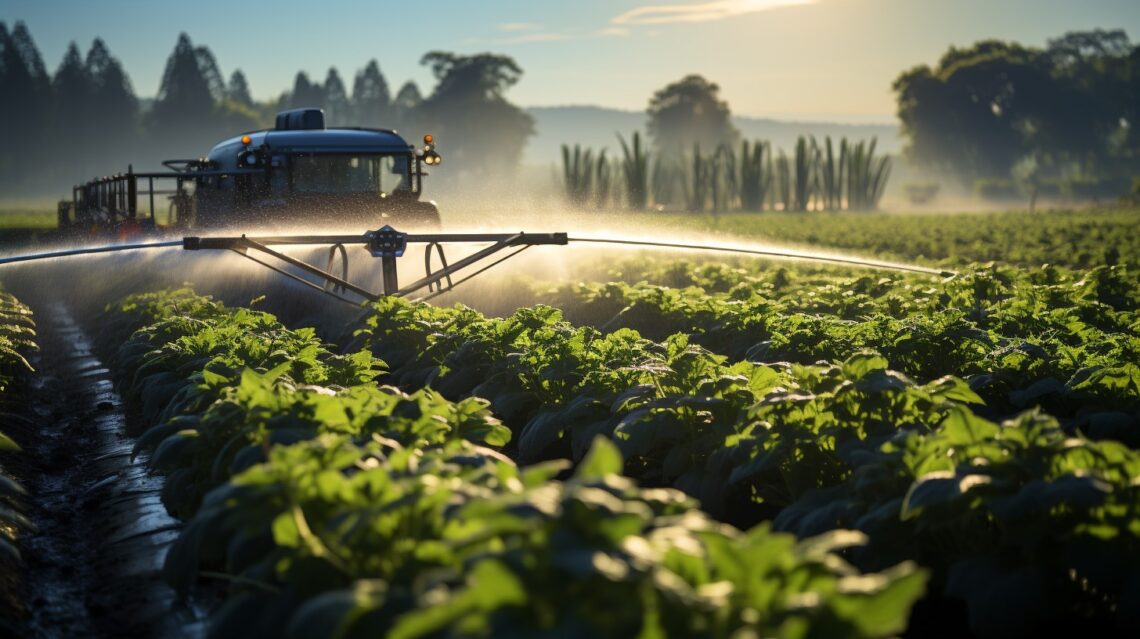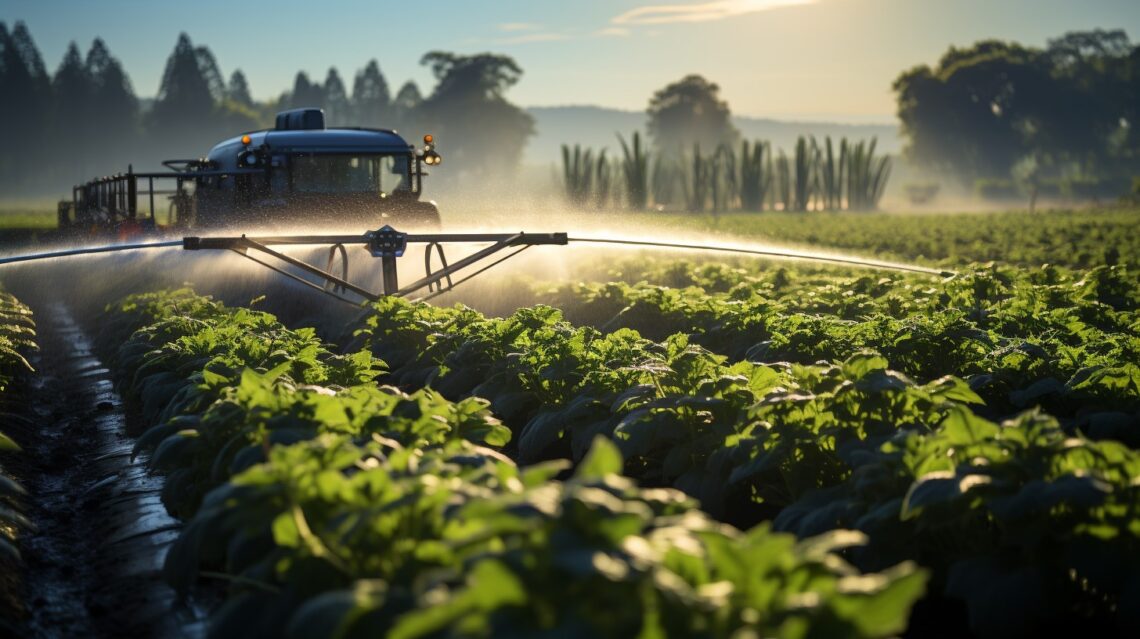In the golden sands of the UAE, Dubai stands as a testament to human ingenuity and architectural grandeur. Among its most striking features are the villas, luxurious abodes that are not merely homes but canvases displaying the pinnacle of modern design and traditional splendor. This article embarks on a journey…
-
-
In the heart of the Middle East, where the azure skies meet the shimmering Arabian Gulf, lies a haven of luxury and splendor – the Hill Country Villas in Dubai. A testament to architectural brilliance and abundant living, these villas are not just homes but a statement of prestige and…
-
Introduction to Water Conservation in Dubai Dubai’s geographical setting in the Arabian Desert presents a unique challenge – the scarcity of freshwater resources. This challenge is amplified by the city’s rapid economic and population growth, turning water conservation into a critical component of Dubai’s sustainable development. Understanding Dubai’s water conservation…
-
Introduction to Carbon Reduction in Dubai’s Urban Development As global cities increasingly focus on sustainability, Dubai has emerged as a leader in reducing the urban carbon footprint. The city’s transformation, characterized by its rapid growth and iconic skyline, now includes a strong commitment to environmental responsibility. This commitment is evident…
-
Introduction to Climate Change in Dubai In the sprawling desert metropolis of Dubai, climate change is manifesting as a relentless temperature increase. The city, which has transformed itself from a small trading port to a global business hub, now finds itself at the forefront of one of our time’s most…
-
Introduction to Water Conservation in Dubai Dubai’s geographical setting in the Arabian Desert presents a unique challenge – the scarcity of freshwater resources. This challenge is amplified by the city’s rapid economic and population growth, turning water conservation into a critical component of Dubai’s sustainable development. Understanding Dubai’s water conservation…
-
Introduction to Carbon Reduction in Dubai’s Urban Development As global cities increasingly focus on sustainability, Dubai has emerged as a leader in reducing the urban carbon footprint. The city’s transformation, characterized by its rapid growth and iconic skyline, now includes a strong commitment to environmental responsibility. This commitment is evident…
-
Introduction to Climate Change in Dubai In the sprawling desert metropolis of Dubai, climate change is manifesting as a relentless temperature increase. The city, which has transformed itself from a small trading port to a global business hub, now finds itself at the forefront of one of our time’s most…
-
Introduction to Sustainability in Dubai’s Real Estate Dubai’s real estate sector is transforming, driven by a commitment to sustainability and combating climate change. In a city where temperatures can soar, and resources are scarce, sustainable practices in real estate aren’t just a luxury; they’re a necessity. The government of Dubai…
-
Dubai, synonymous with luxury and innovation, stands at the forefront of a global challenge: climate change. In this desert metropolis, where futuristic skyscrapers meet ancient traditions, the effects of climate change are not just a distant threat but a present reality. Understanding how this global phenomenon impacts Dubai’s unique environment…









